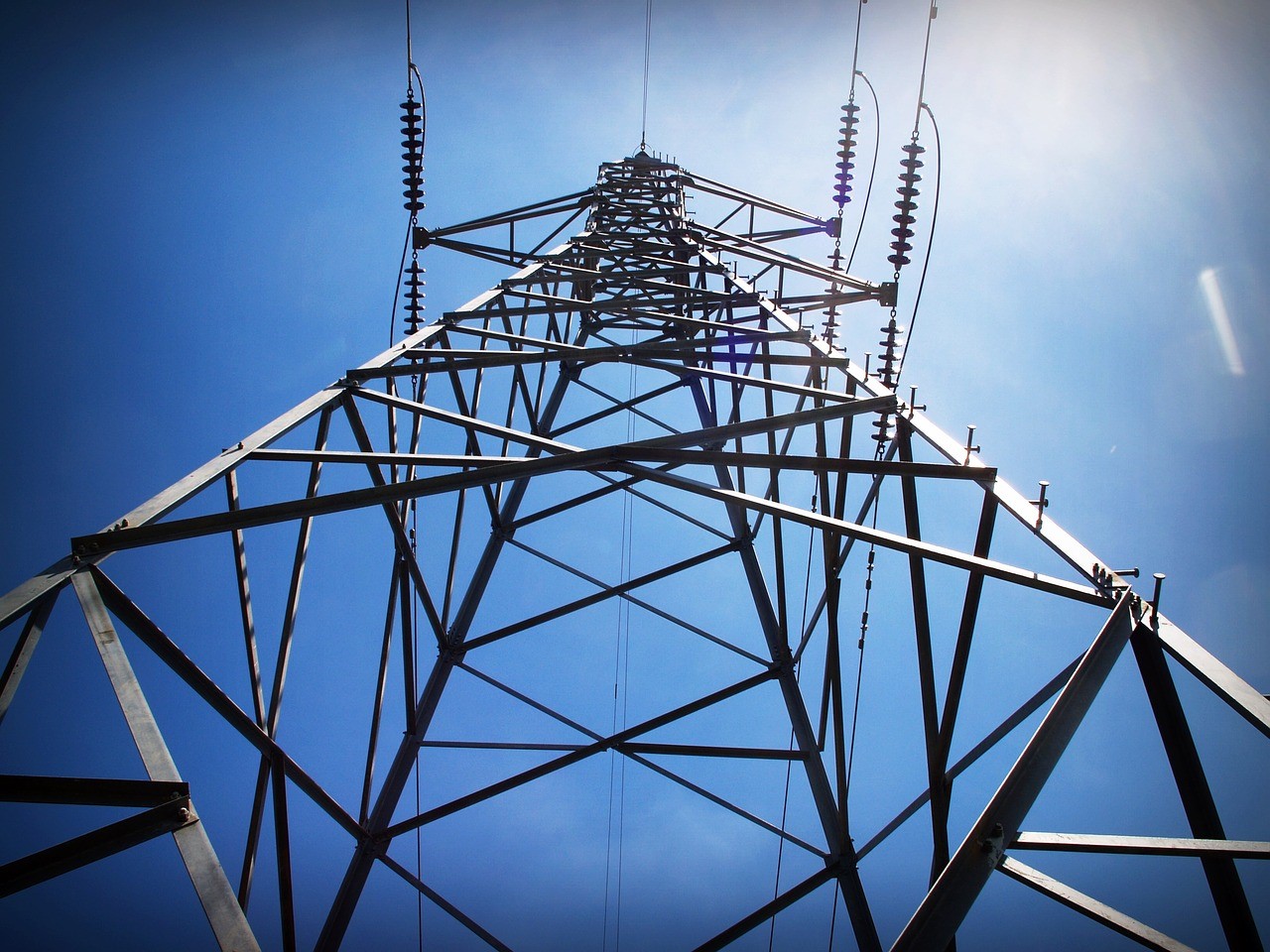Our Electric Power Infrastructure Is Aging – Are There Solutions?

This Old Grid
We take electric power for granted. Our modern world would simply not run without a stable supply of electricity. But our energy infrastructure is aging, and it is not the most efficient at generating power to meet demand peaks.
Nowhere has the age of the grid been as visible as in Puerto Rico. Last year Hurricane Maria wiped out large portions of the power infrastructure, and billions of dollars of investment are needed to modernize it. The issues with restoring power everywhere on the island have been well documented and it’s an ongoing story.
The rise in the use of renewable energy, like wind and solar, are putting increased pressure on power distribution. For example, electric power generated from solar panel deployments can return their excess power to utility companies, returning it to the grid. Since 2010, more than 45,000 businesses and 600,000 homes have across the U.S. have started using photovoltaic (PV) panels to produce their own energy.
SEE ALSO: Beyond Home Automation
Current regulations require that utilities buy back excess power from solar users at the retail electric rates. That poses a challenge for utilities, which must foot the expenses of maintaining the grid without receiving value for it. Further, the power coming from PV sources often needs conditioning – requiring extra expense – to make it available for consumption on the grid at the same quality as power from fossil fuel or nuclear plants.
Further complicating the power distribution is the peak demand problem. Power plants must typically generate excess power throughout the day to be able to meet the peak demand times. In homes, for example, those peaks may come in the mornings as people awaken and start their day, as well as in the evening when they come home after work and school. The excess power they generate during non-peak times to meet that peak demand is effectively wasted, as there are no large-scale storage methods to hold it for later use.
About 50% of U.S. power comes from coal and nuclear-fueled plants, and those are prohibitively expensive and complicated to shut down, so they must run continuously. Other plants, termed “peaker plants,” fueled by natural gas or hydro can be spun up and down to meet peak demand – often in summer months to meet electricity demand for cooling. These plants comprise a surprising amount of the carbon emissions from the power infrastructure, partly because getting them up and running quickly is an environmentally “dirtier” process.
So, What’s the Solution?
The holy grail of fixing distribution problems would be the ability to store power for when it is needed, on a large scale. Currently, that technology isn’t there, but there is tremendous progress in battery technology on a smaller scale for homes and businesses. Companies like Germany’s Sonnen, Tesla, and LG all make home batteries that can store excess electric energy in a house. This distributed energy storage technology, when it comes down in price and becomes mainstream, stands to be one of the critical solutions to the demands on the grid.
Utilities have been chipping away at the problem of peak demand. For example, Austin Energy in Austin Texas has a Power Partner program, which subsidizes homeowners for installing smart thermostats like Nest. In the program, if the homeowner opts in the utility can send commands to the thermostat to adjust the temperature by 2-4 degrees in the hot summer months which account for peak demand.
While these programs help, they still don’t address other large power usage culprits. Water heaters and pool pumps, for example, are also large consumers of power in a home. With the advent of an increasing number of smart devices in the home – thermostats, lights, appliances, shades, and more – there should be opportunities for better management of power consumption.
To that end, Pantech Design believes our industry – home automation – can play a significant role in helping to manage intelligently – and store – energy in the home and ADAPT to the future. Stay tuned for more on this subject in the coming months.
Want to learn more about how ADAPT simplifies Crestron programming? Reach out; we’d love to show you.